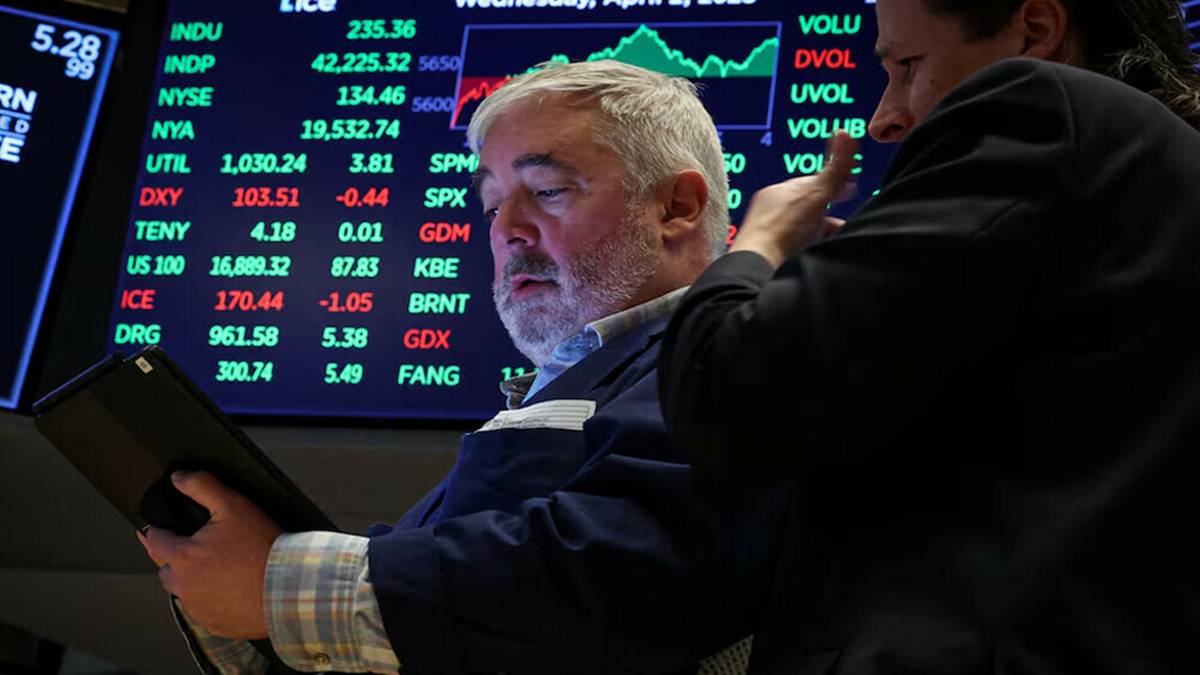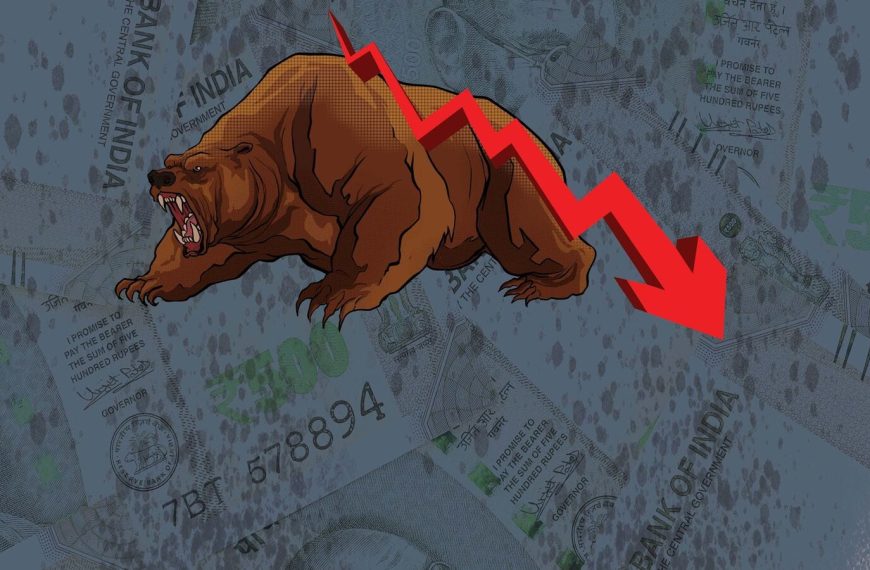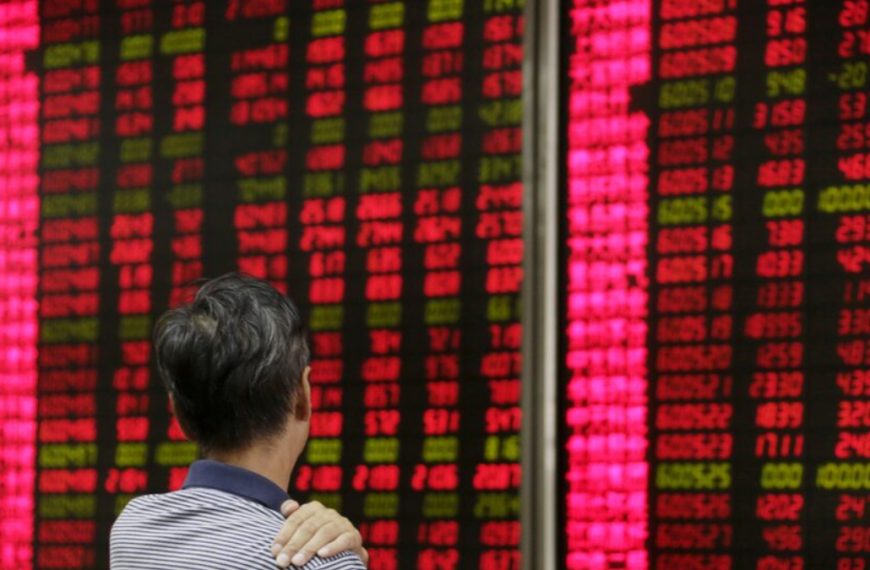Wall Street faced a significant downturn on Thursday, experiencing its steepest single-day losses in several years. The catalyst for this plunge was the announcement of extensive tariffs by U.S. President Donald Trump, which raised alarms about an impending trade war and a potential global recession. In total, a staggering $2.4 trillion in stock market value evaporated from S&P 500 companies, marking the worst decline since June 2020.
Major Indexes Hit Hard
The day’s trading saw the Dow Jones Industrial Average suffer its largest one-day drop since June 2020, while the Nasdaq Composite recorded its biggest percentage fall since the market turmoil triggered by the COVID-19 pandemic in March 2020. The immediate cause of the market’s distress was Trump’s announcement of a 10% tariff on a wide array of U.S. imports, alongside significantly higher tariffs on numerous other countries, igniting fears of severe economic disruption.
Investor Reaction and Global Implications
In light of the tariffs, investors quickly moved to sell off their holdings, prompted by concerns over the global economic landscape. China and the European Union both threatened retaliatory measures, with the EU facing a 20% duty. While countries such as South Korea, Mexico, and India chose to hold back for now, they are looking for concessions before the tariffs take effect on April 9. This uncertainty has led to expected volatility, with the CBOE Volatility Index—a measure of market fear—closing above 30 points for the first time since August.
Market Declines and Sector Performance
The S&P 500 plummeted by 274.45 points, or 4.84%, settling at 5,396.52 points. Meanwhile, the Nasdaq Composite fell by 1,050.44 points, translating to a 5.97% drop to 16,550.61. The Dow Jones dropped by 1,679.39 points, or 3.98%, to close at 40,545.93.
The stark market decline marked a notable shift from the initial optimism that followed Trump’s reelection in November, which had previously led to record highs in U.S. stocks. High-profile technology stocks, which had driven previous gains, were particularly hard-hit.
- Apple experienced a 9.2% drop, its worst daily performance in five years.
- Nvidia saw a 7.8% decline.
- Amazon fell by 9%.
Fed Rate Cut Expectations Rise
In response to the market turmoil, traders are increasingly anticipating that the Federal Reserve will lower interest rates. George Bory, chief investment strategist at Allspring Global Investments, noted, “The Fed has substantial capabilities to support the market,” hinting at more rate cuts on the horizon. This speculation has intensified the focus on upcoming payroll data and comments from Fed Chair Jerome Powell, which could provide vital insights into the economic outlook and interest rate trajectory.
Retail and Banking Sector Struggles
Retailers also faced significant losses, with Nike and Ralph Lauren dropping 14.4% and 16.3%, respectively, due to new tariffs affecting major production regions such as Vietnam, Indonesia, and China. Big banks felt the pressure too, with Citigroup, Bank of America, and JPMorgan Chase seeing declines ranging from 7% to 12.1%. The Russell 2000 index, which tracks small-cap stocks, fell by 6.6%, its steepest drop since the pandemic began.
As Jefferies’ DeSanctis pointed out, “Small-cap companies often supply larger firms, so when large caps suffer due to tariffs, it inevitably impacts their smaller counterparts.”
Energy Sector and Defensive Stocks
The energy sector was the hardest hit, plunging 7.5% as crude oil prices dropped 6.8% amid concerns over the tariffs and OPEC’s plans to increase output. In contrast, the consumer staples sector showed resilience, gaining 0.7%, supported by Lamb Weston, which surged 10% following a positive earnings report.
Overall, trading volume on U.S. exchanges reached 20.90 billion shares, significantly higher than the average of 16.13 billion over the previous 20 trading days, reflecting the heightened market activity amid the turbulent economic landscape.











